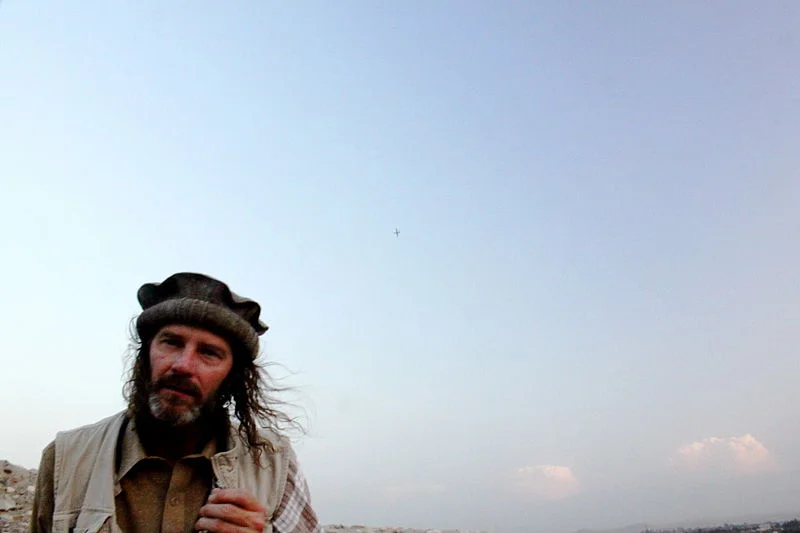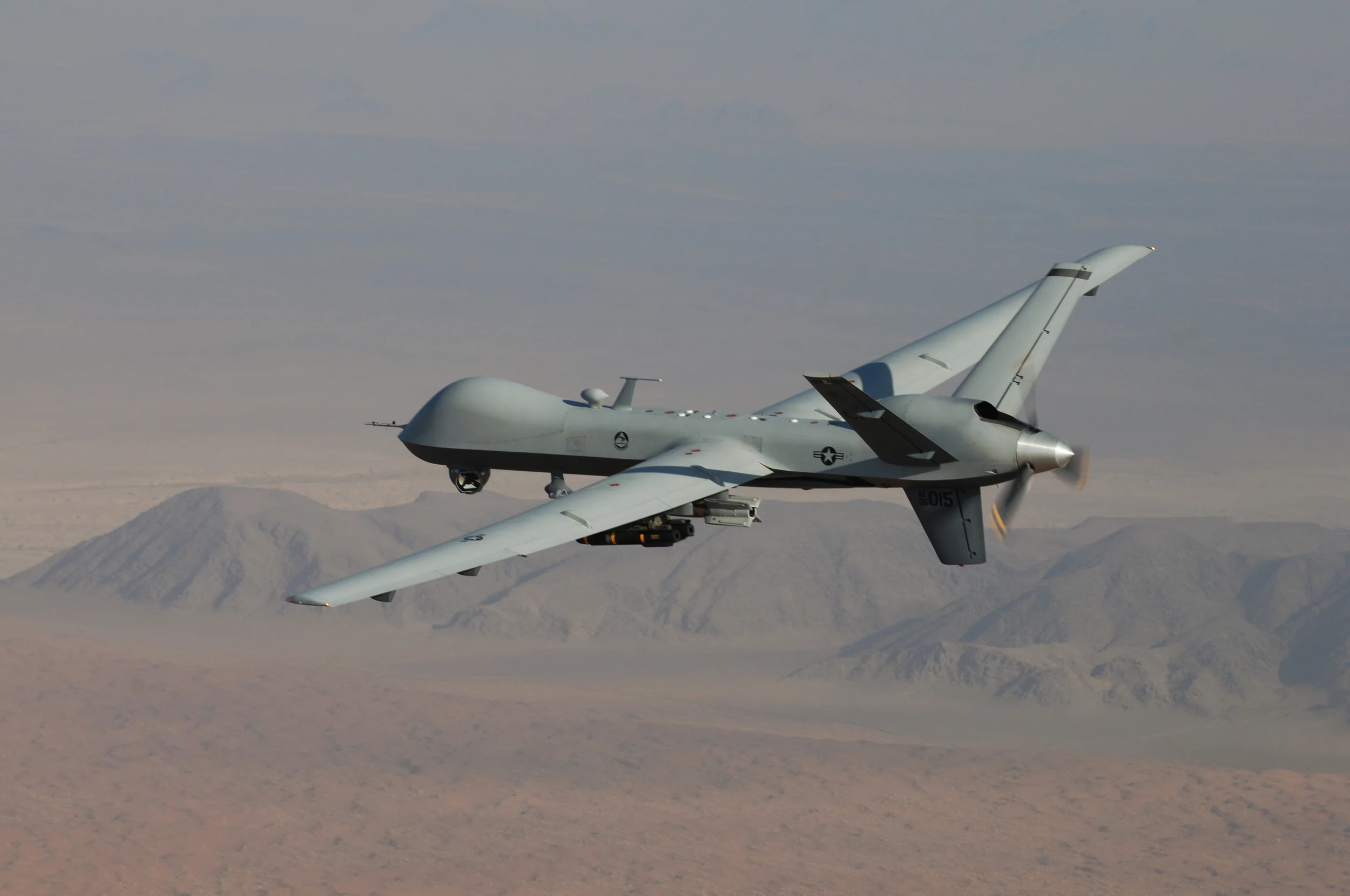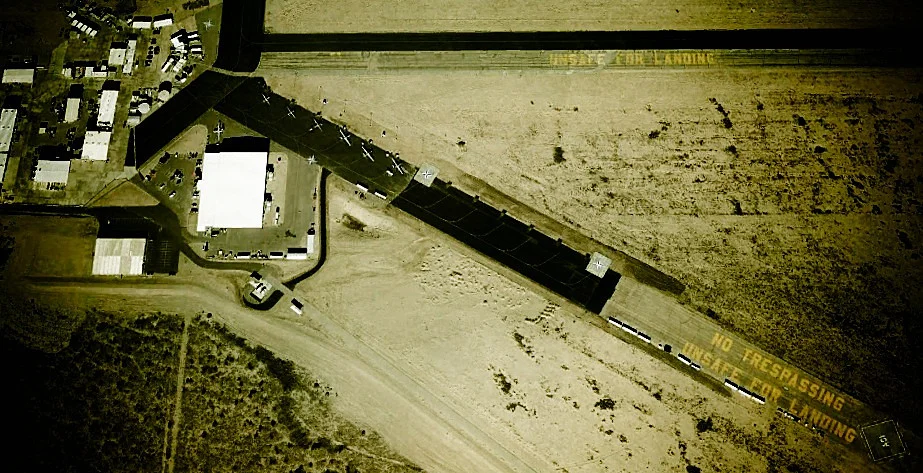Terror, Designed
Semantically, politics and war seem to track one another. They share the word campaign and the generic lexicon of fighting, filtering down through thousands of associated words thumbed up from the thesaurus. Now and again, design language seeps in around the edges, as in the architect of a strategy .
Design (n.)
- a plan or drawing produced to show the look and function or workings of a building, garment, or other object before it is built or made.
- purpose, planning, or intention that exists or is thought to exist behind an action, fact, or material object.
A Preliminary Atlas of the Killing Fields , by Tim Maly, refers to the second definition. He traces, through satellite photos, the planning and intention that exists behind the action (strike) of a material object (drone). He drew on the incident reporting of Dronestagram and other publicly reported sources. The strike itself was designed by a protocol that differentiates between targeted strikes on known enemies and signature strikes, which target groups of men by analyzing their patterns of movement.
The tiny speck above the left shoulder of this Afghan man is a Predator drone. From Wikimedia Commons.
Drones have a long history -- a designed series of iterations -- starting with decoys and radio jammers used by the Israelis against Syria in the 1980s. The U.S. advanced weapons research arm, DARPA, developed the cruise missiles (kamikaze drones) used to devastating effect in the first Gulf War. Surveillance drones eventually sprouted jury-rigged mounts for Hellfire missiles. The first fatal weaponized drone strike was in 2002, killing Abu Ali al-Harithi and five others, including an American citizen.
Since then, there have been hundreds of drone strikes. Since 2004, there have been 434 confirmed drone attacks between Pakistan, Yemen, and Somalia, three countries that we are not at war with. There are an unknown, and harder to track, number of "dark" strikes and strikes in direct support of combat missions in Afghanistan and Iraq. Though carried out at a suburban remove, the planning and intention that exists behind these actions is beginning to take its toll on the personnel involved.
The MQ-9 Reaper. Via LikeTheHours.
In the military, special operations troops build their attacks upon three legs: speed, surprise, and violence of action. Drone strikes take advantage of all three principles of close-quarters combat, but remove the danger of American casualties, acting as reliable force multiplier. Like all successful products, the drones have hit all of their critical criteria, becoming easy to use, and so, ubiquitous.
Terrorism (n.)
- the use of violence and intimidation in the pursuit of political aims.
Terrorism, the word, comes from the Latin root for fear. Mass fear has always been a feature of modern warfare -- poison gas in World War I, carpet bombing in World War II, napalm in Vietnam, shock and awe in Iraq -- but those were all crude instruments. Blunt, indiscriminate, undesigned.
Predator airfield, via Tim Maly.
Such crude tools have been used against us: readymades formed ad-hoc out of boxcutters, airplanes, pressure cookers. Common elements of modern society become weaponized; each contact with them in our lives is a reminder of the fear. Every security-check waiting line is a chance to reconsider terror, the potential for terror, and the effectiveness of countermeasures.
Drones, objectively, are terrifying. They inspire fear on a vast, viral scale, as-yet unseen in warfare. First, there is the external fear of being directly targeted; second, the sideways fear that someone close to you cannot be trusted; third, the crippling internal fear of death that we all carry is brought to the surface and multiplied.
Last Friday I went to TEDxMidAtlantic and saw General Stanley McChrystal speak. In between the techno-utopianism and general futuristic hooey, he talked about his time in Iraq. Drones had given him an unprecedented view of the battlefield, and all that technology, in his words, first enamored, then seduced, then bound.
Bind
verb
- tie or fasten (something) tightly
And what could be more terrifying than being tied up?


